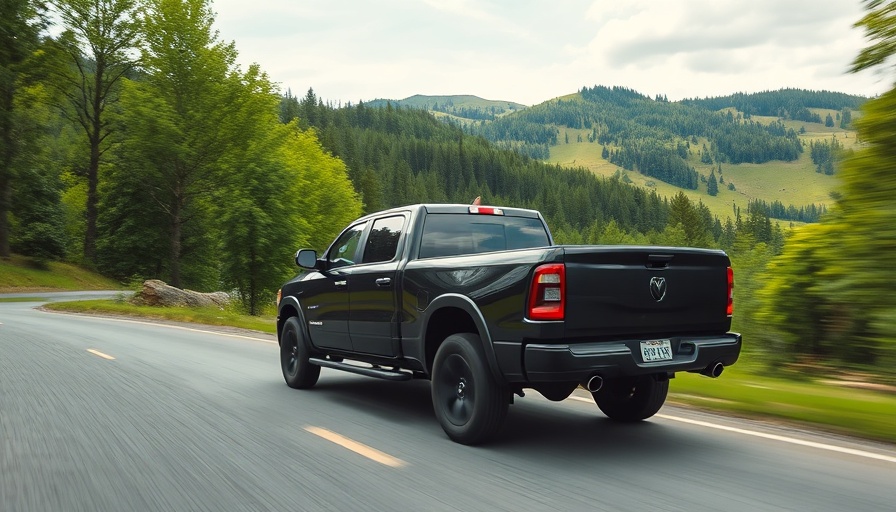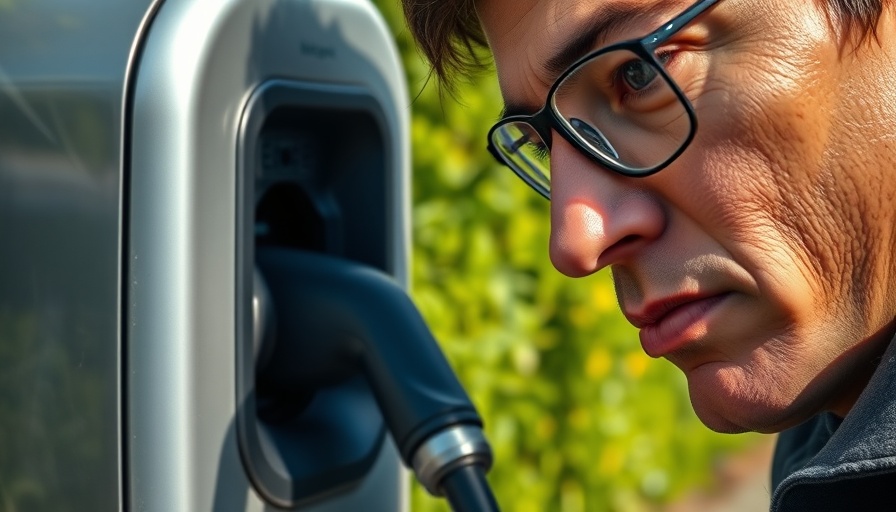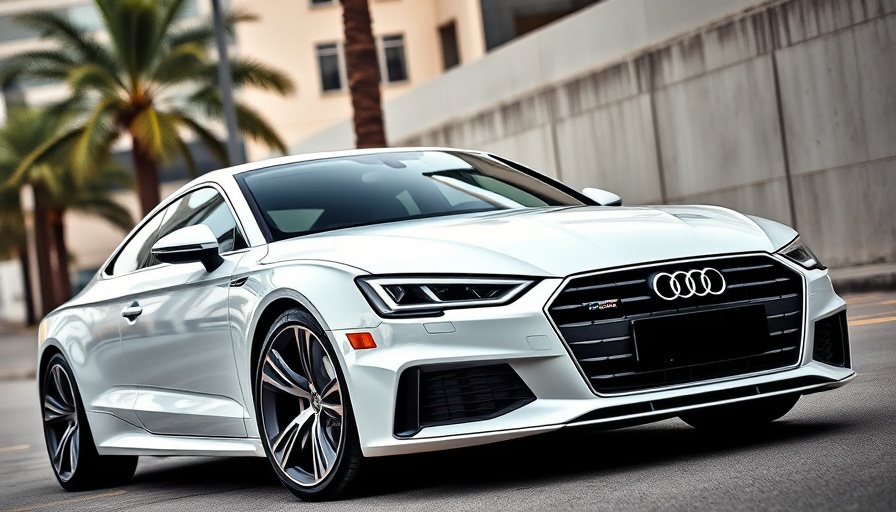
Honda's Shift Towards Affordability in Electric Vehicles
Honda is potentially at the brink of a significant transformation in its electric vehicle (EV) strategy. According to a recent report by Nikkei, the automaker is not only considering a sub-$30,000 EV but may also produce it in the United States. This move represents a substantial departure from Honda’s previous stance toward sustainable yet premium EV models.
Building a Portfolio: What’s in the Pipeline?
The proposed sub-$30,000 model would be the smallest and most affordable of Honda's O Series, a lineup that is projected to expand to seven EV models globally by the end of the decade. Notably, Honda has already showcased prototypes of its sedan and SUV versions at the Consumer Electronics Show (CES) in 2025. With the SUV version set to hit the market in the first half of 2026, the strategic choice to build these models in Ohio could place Honda in a prime position to capitalize on the growing U.S. EV market.
Strategizing to Avoid Tariff Hurdles
By opting for U.S. production, Honda aims to sidestep potential tariffs on imported vehicles under the Trump Administration’s trade policies. This strategic pivot not only aligns with economic conditions but also demonstrates Honda’s commitment to boosting U.S. manufacturing, which can generate jobs and foster local economies.
Investing in Future Technology
To bolster its mass EV production capabilities, Honda is investing heavily in infrastructure, including a $3.5 billion battery plant. According to company projections, the revamped facilities, including Ohio’s Marysville Auto Plant, will enable Honda to ramp up production significantly, potentially surpassing the output levels of all but Tesla.
Challenges and Predictions: The Road Ahead
However, a sub-$30,000 EV’s success will largely depend on advancements in battery technologies. During CES in 2024, Honda’s CEO, Toshihiro Mibe, indicated that breakthroughs, especially in solid-state battery technology, are crucial for achieving the targeted price point. Without these innovations, it may be difficult for Honda to deliver on its affordability promise.
Conclusion: What Does This Mean for Dealers?
As Honda gears up to enter this competitive segment, dealers and finance managers should be prepared for the influx of more affordable EV options in their showrooms. This strategic shift could not only enhance Honda’s market share but also provide opportunities for dealerships to engage with a broader customer base. As affordable EVs are poised to become increasingly relevant, staying informed about Honda’s developments will be critical for optimizing retail sales and financing strategies.
 Add Row
Add Row  Add
Add 




Write A Comment